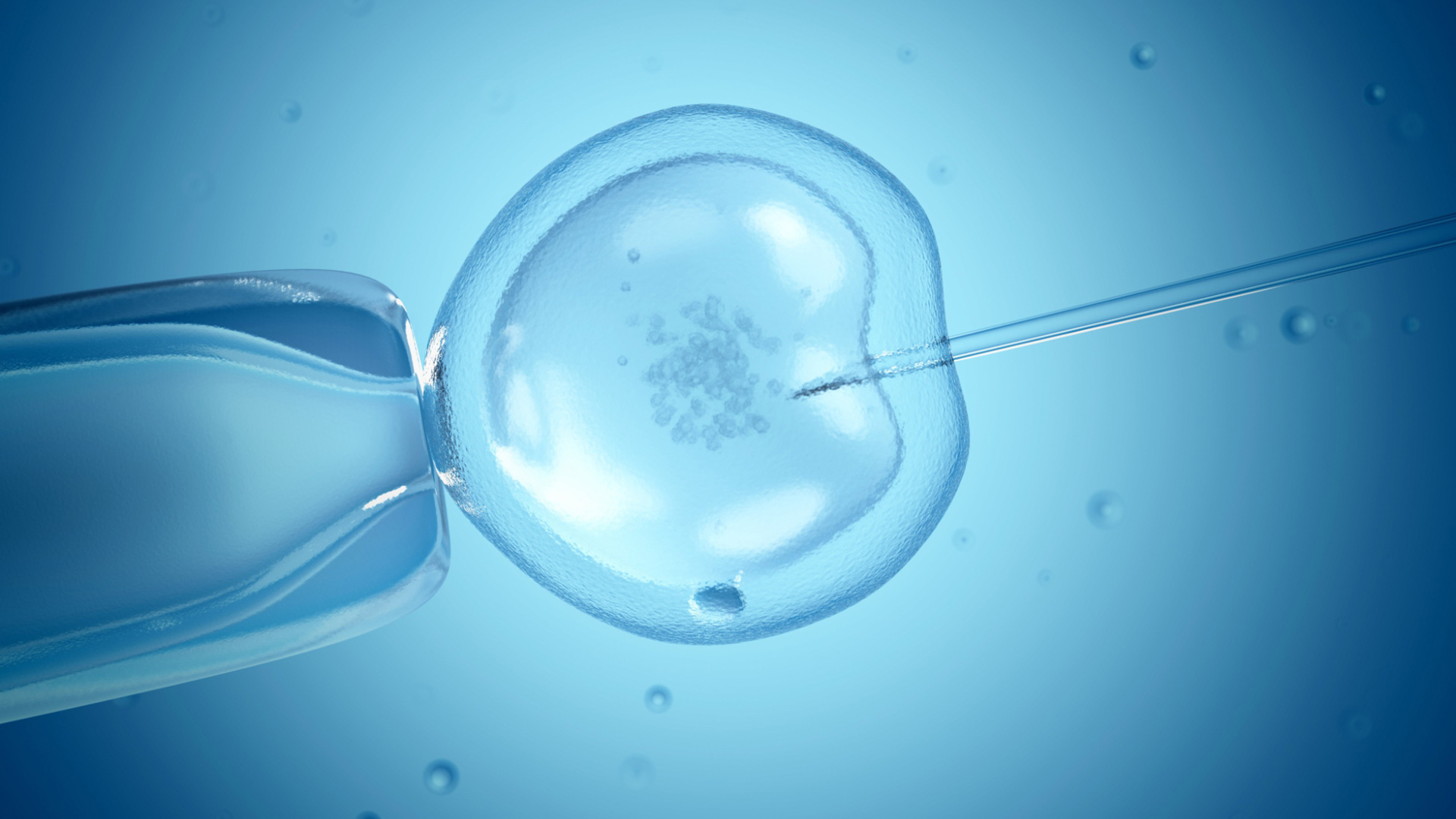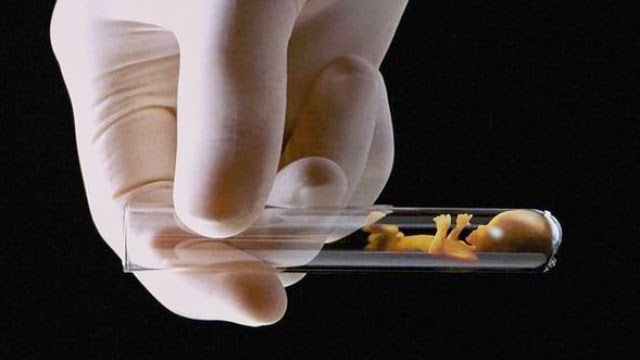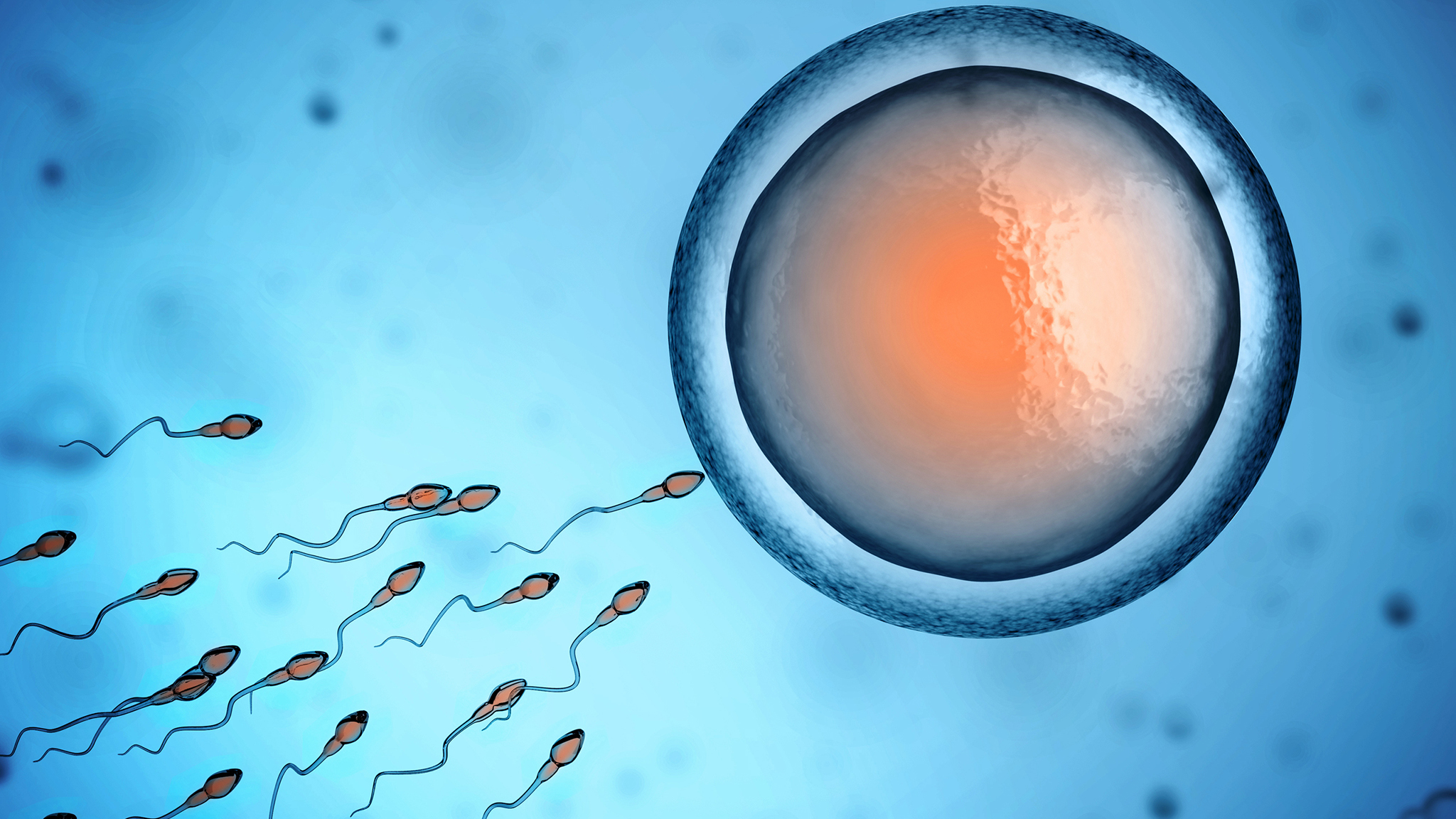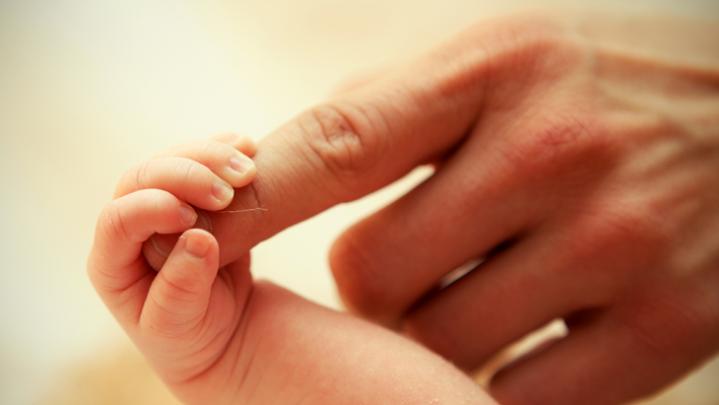Frequently Asked Questions On IVF
Infertility is the inability to conceive after a year of unprotected intercourse in women under 35, or after six months in women over 35, or the inability to carry a pregnancy to term.
Many things can change a woman's ability to have a baby. These include age, smoking, excess alcohol use, stress, poor diet, being overweight or underweight, Sexually Transmitted Infections (STIs), health problems that cause hormonal changes, such as polycystic ovarian syndrome and primary ovarian insufficiency.
Both male and female factors contribute to infertility. Some studies suggest that male and female factors contribute equally. In many cases it may not be possible to definitely explain the reasons for infertility. It is essential that both the male and female partners be evaluated during an infertility work up.
Anything that raises the temperature of the scrotum such as the use of hot tubs or long baths or over-tight clothing can harm sperm production. A variety of medicines and recreational drugs can also decrease male fertility. These include alcohol, cigarettes, tobacco as well as certain medications. Studies have also shown that environmental factors have contributed to decreasing sperm counts over the years.
Most physicians advise you not to be concerned unless you have been trying to conceive for at least one year. If the female partner is over 30 years old, has a history of pelvic inflammatory disease, painful periods, recurrent miscarriage, or irregular periods, it might be prudent to seek help sooner. If the male partner has a known or suspected low sperm count, then it would also be prudent to seek help sooner than waiting a year.
For a normal couple, it often takes a number of perfectly timed cycles before pregnancy is achieved. The chances of getting pregnant each cycle decreases as you get older. If you are 20-25, your chance per cycle is about 25%. At 25-30 your chances are about 20%. At 30-35 it is about 15%. After 35 it may be about 10% per ovulatory cycle, and the chances continue the downward trend.
Common methods of ART include:
• Intra-uterine insemination (IUI) -
In this method semen is collected and washed to rid of impurities and injected into uterus using a small catheter.
• In vitro fertilization (IVF) -
This method is used when woman's fallopian tubes are blocked or when a man produces too few sperms.
• Intracytoplasmic Sperm Injection (ICSI) -
This method is used in cases of male infertility, older couples, or for those with failed IVF attempts.
• Assisted hatching -
Assisted hatching is putting a small opening in the embryo's outer layer called the zona pellucida. It is usually advised for older women (38 or over).
This is an x-ray of the uterus and fallopian tubes. Doctors inject a special dye into the uterus through the vagina. This dye shows up in the x-ray. Doctors can then watch to see if the dye moves freely through the uterus and fallopian tubes. This can help them find physical blocks that may be causing infertility.
During the IVF cycle, women do put on some weight (small weight gain) due to fluid retention, specifically during the superovulation phase (stimulation phase). However, this is temporary and once the superovulation stops, the hormones are excreted. Thus, there is no long-term weight gain or loss due to IVF.
The treatment options for infertility depend on the profile of the patients, male and female factors related to infertility and the choice of the couple. Usually, the common techniques available are Ovulation Induction with Timed Intercourse or Intra Uterine Insemination, Intra Uterine Insemination and In Vitro Fertilization.
• There is no pain during IVF apart from the injections which woman receives. However, in some patients, Mild pelvic discomfort arises because the size of ovaries increases during the stimulation period.
• Fertility drugs might cause a mild reaction in some patients, and may involve hot flushes, feeling down, irritability and restlessness. These symptoms disappear in a short time.
• In some patients, Ovarian Hyper-Stimulation Syndrome (OHSS) is observed as an over-reaction to fertility drugs. It could cause symptoms like swollen stomach, stomach pains and nausea.
Success rate of IUI : 20%, IVF : 40%-45%.
Infertility, by itself, is not a genetic disorder. But some of the reasons for infertility like PCOS, premature ovarian failure, Endometriosis, etc. have been associated with a genetic linkage. These might increase the risk of infertility. In case of males, genetic conditions such as
Y-chromosome microdeletion, Kleinfelter's syndrome are associated with infertility.
The duration of the treatment largely depends on the individual profile of the patients. Since no infertility treatment has a 100% success rate, the treatment duration would depend on a number of factors. Most infertility treatments, from initial work-up to the treatment would take between 6 months to one year.





